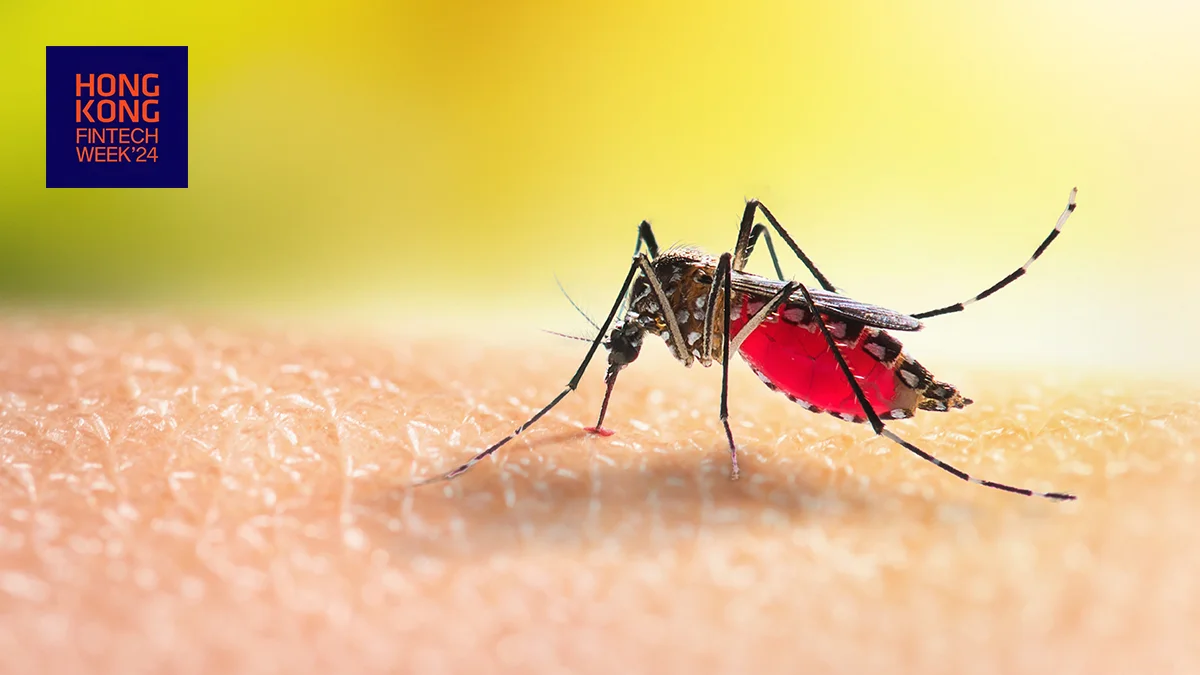(Re)in Summary
• 2023 was the hottest year on record for Hong Kong, with temperatures reaching 41 degrees Celsius.
• Rising heat has a number of impacts, from increased AC use to a broader range of areas where disease carrying insects can live.
• Amid ECDP this year warning about rising mosquito-borne disease outbreaks, mosquito numbers in Hong Kong are on par with those found in tropical climates, warned Clement Cheung, CEO of the Insurance Authority.
• Cheung also said that ILS could play a role in closing the region’s insurance protection gap but investors needed to be convinced about the asset class
The impact of climate change will be felt in multiple ways due to rising heat, one of which is an increase in the spread of communicable diseases which will be found in a broader range of geographies due to changing temperatures.
Speaking at Hong Kong Fintech Week, Clement Cheung, CEO of the Insurance Authority, said that 2023 had been the hottest year on record for Hong Kong, with temperatures reaching 41 degrees Celsius, and that sea levels had risen by 10 cm since 1993.
Cheung said that he spoke recently with his Thai counterpart about the impact of rising heat and they discussed the link between air pollution and respiratory illnesses. He added that rising temperatures have an impact on airflow, and on people’s behaviour; they are more likely to switch on air conditioning, for example.
“There are other impacts, which you don’t expect such as vector borne diseases, waterborne diseases, but the dispersion of insects like mosquitoes is changing, and they are found in greater density around Hong Kong – at a level you would normally expect in tropical areas,” Cheung said.
Cheung’s comments come a few months after the European Centre for Disease Prevention and Control held a press conference saying that mosquito-borne disease outbreaks in EU/EEA were on the rise, mainly due to changing climate patterns.
Cheung also noted a significant nat cat protection gap, which he said in Asia stood at 84%. The CEO pointed to the potential for insurance-linked securities (ILS) to bring capital market participation, and cited figures showing the sector’s positive returns over the decades.
According to Cheung, there were US$44bn of ILS issued globally in 2023, with US$16bn cat bonds. Chan compared these to the US$5bn of cat bonds which were issued in 2011 and said that the three and half fold increase in the size of the sector in the subsequent 13 years demonstrated the sector’s reliability.
“This year might be a record one for cat bond issuance but whatever happens the market is telling you what we are right [about cat bonds] – look at the 9% compound average growth. This is very consistent,’ Chan said.
While there have been significant amounts of noise from Singapore over the potential for the region’s HNW’s, private bank, and fund management sectors, to look at ILS investment Chan said that up to now investors typically came from outside the region.
“Investors here either are not aware or do not understand about ILS. If you want to create a market here – there’s a tremendous amount of liquidity – you have got to make investors believe now,” Cheung said.
























